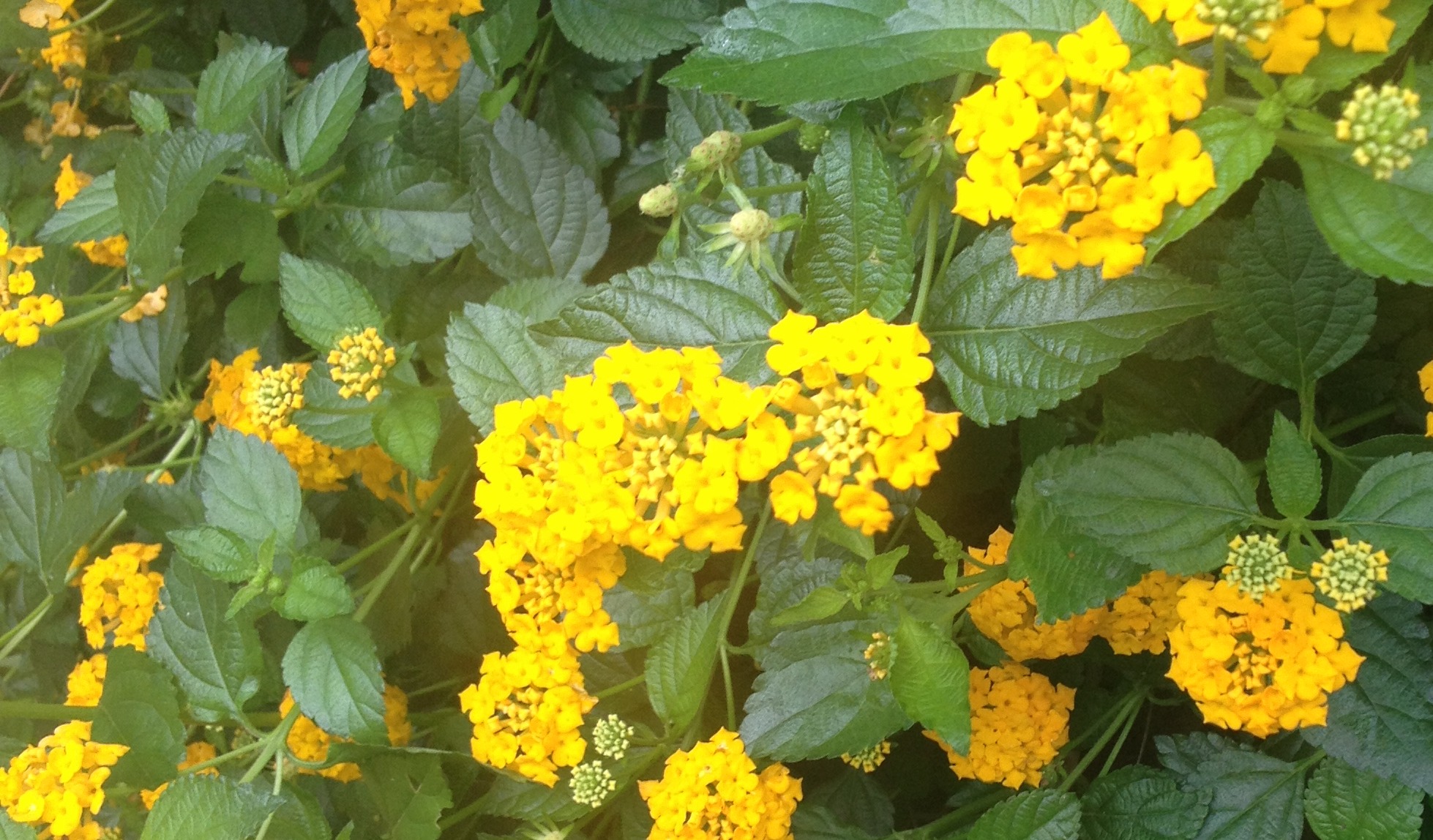Pool parties and family vacations are on the horizon, but what do the rising temperatures mean for your summer landscape? Taking care of your garden throughout the summer months can present unique challenges, but you don’t have to tackle them alone. We’ve outlined eight tips and tricks that can help keep your landscape lush all season long.
Ensure Your Landscape Gets Enough Water
Proper irrigation is essential in the summer. As temperatures rise, the high heat increases evaporation rates during the day and plants may get thirsty. Yet, contrary to popular belief, the solution is not simply watering more often. There are several elements to consider, including the watering method, time of day and specific plant needs:
- A drip irrigation system, which provides a slow, steady flow of water, is an efficient option that helps reduce evaporation. Hoses and sprinkler systems can also be used, but they are not always as efficient during the summer months.
- Watering in the early morning and late evening will help conserve water. Unlike midday, when the sun is at its highest point, temperatures tend to be cooler during these times of day.
- Plants have unique needs when it comes to irrigation. Some plants are better equipped for high temperatures and arid environments, while others may need daily watering in order to survive summer. Consider the needs of the plants in your landscape to determine the best cadence for watering them.
Feed Your Plants
Just like plants get thirsty, they get hungry, too. Your plants need to get the right amount of nutrients — from the right type of fertilizer — to stay healthy. Conducting a soil test will help you identify the current nutrient makeup of your landscape so that you can identify the best fertilizer. Different plants have different nutrient needs, so you may need to conduct some research or talk to a landscape professional to select the right fertilizer for your garden.
Be Mindful When Mowing
During the summer months, you may want to allow your grass to grow a little longer than usual. Grass may be more fragile due to the high heat, so taking care when mowing your yard can help protect it. Try to follow the one-third rule, which means mowing no more than one-third of the blade at a time. Cutting the grass at a higher mowing height will allow the roots to grow deeper which can strengthen the grass.
Tread Lightly
Along the same lines, you’ll want to avoid heavy foot traffic, which can put a lot of pressure and strain on already fragile grass blades. Consider installing foot paths or stepping stones to keep people from walking directly on the lawn. Not only will these elements help protect your grass, but they can also add welcoming design touches to your landscape.
Embrace Variety
High heat may not be suitable for many flowering plants, but that doesn’t mean you can’t enjoy vibrant colors during the summer. It may be the perfect opportunity to think outside the box and incorporate new colors, plants and patterns into your landscape. For example, heat-resistant flowers like hibiscus and lantana will bring bright pops of color to your garden. If you want to try something other than flowering plants, lush greenery, multi-colored foliage and summer vegetables, like cucumbers and green onions, are popular alternatives. There are several heat-loving plant varieties that will thrive during the summer — it’s just about finding what is best suited for your environment.
Protect Plants with Mulch
Mulch is an important step to keep plants healthy during high heat months. It helps plants by keeping the soil cool, reducing evaporation, providing insulation and even keeping pesky weeds at bay. However, it’s important to note that mulch should not be placed too close to tree trunks or plant stems. It absorbs moisture and can stay damp, so it can contribute to rot and damage.
Tend to the Beds
From weeding and removing dead plant matter to inspecting for pests, regularly tending to your garden beds is important year-round — especially in the summer. Not only are these elements unsightly, but they can cause varying degrees of damage to your plants. For example, weeds draw valuable nutrients and water from the soil, while pests can severely damage or even kill your plants if infestations are left untreated.
Hire Professionals
Keeping up with a garden, especially in the summer heat, can be a challenge — but it doesn’t have to be. A professional landscape maintenance team can provide you with expert advice, while making sure your garden is getting the right amount of water, nutrients, shade and care it needs. Maintenance crews help keep your landscape trimmed and cared for, which can include weeding, mulching and removing debris., and they will keep an eye on plant growth, looking out for pests and damage.
Summer heat may be hard on your landscape, but we’re here to help. As experienced landscape architects and maintenance professionals based in Houston, Texas, we know what it takes to keep gardens thriving all year round. Feel free to reach out to us with questions about landscaping services.


